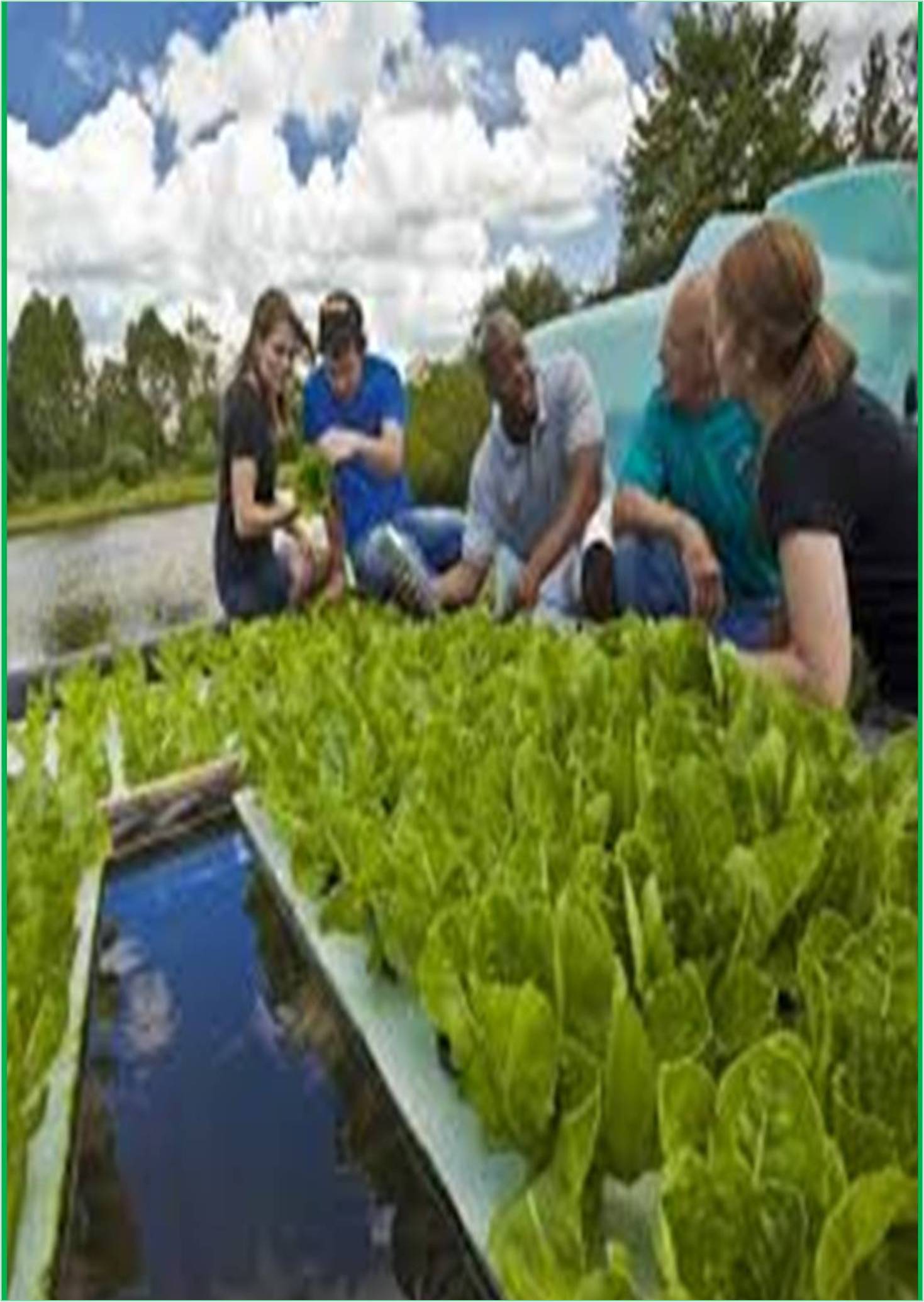



Received: 02-Aug-2022, Manuscript No. GJEST-22-72150; Editor assigned: 05-Aug-2022, Pre QC No. GJEST-22-72150 (PQ); Reviewed: 19-Aug-2022, QC No. GJEST-22-72150; Revised: 26-Aug-2022, Manuscript No. GJEST-22-72150 (R); Published: 02-Sep-2022, DOI: 10.15651/GJEST.22.10.006
Conservationists have been searching for a workable and sustainable alternative strategy to achieve sustainable management as a result of the widespread failure of centralized ways to managing natural resources. In the 1960s, a strategy known as Community-Based Natural Resource Management (CBNRM) gained popularity in which local people are granted ownership rights to manage natural resources. It is also known as neighborhood-based conservation. The goal of CBNRM was to establish circumstances in which the majority of community members would stand to gain from the wise use and management of wildlife resources. A bottom-up, participatory strategy based on a number of principles would be used to achieve this. These principles include providing for the basic needs of the community, transferring power from the state government to local authorities, ensuring equal distribution and delivery of socioeconomic benefits, and involving the community and local institutions in the management and conservation of natural resources.
Regardless of gender, this would be accomplished and include the protection and legitimization of local resources and property rights. It would also be necessary to link and reconcile the goals of social and economic progress for the preservation and protection of natural resources in the environment, as well as a readiness to accept traditional values and ecological expertise in the management of current resources. Additionally, CBNRM makes an effort to combine community involvement, sustainable development, and conservation aims. Empowerment, public involvement, equity, mechanisms for resolving disputes, consistency between the appropriation and provision of rules for local conditions, effective monitoring, arrangements for collective decision making, and sanctioning actions for the use of common resources are some of the principles on governing the common elements. A significant effort has been made to address the issues surrounding game reserves and animal conservation in rural Africa through the implementation of Integrated Conservation and Development Projects (ICDPs). ICDPs offer local community involvement in biodiversity preservation and natural resource management on the one hand, and a decrease in rural poverty on the other. The literature on Community-Based Natural Resource Management (CBNRM) in Namibia It e xamines how CBNRM was envisioned as a means of addressing issues of poverty, biodiversity preservation, and—more significantly—as a catalyst for rural development.
There are several ways to define community-based natural resource management. Both method and strategy are included in these definitions, much like in definitions of sustainability. A strategy to managing natural resources that strives to foster long-term sustainability through widespread community engagement and resource users' participation in decision-making is at the core of all definitions. In response to the shortcomings of earlier top-down resource management strategies, which were mostly centered on a purely technical approach to natural resource management, CBNRM has developed during the last two decades. The ideas of creating social capital, which include creating local social networks, norms, and trust, are the foundation of this communitybased strategy.
An emerging model and the promise
Developing internationally is the concept of Community- Based Natural Resource Management (CBNRM). It has gained popularity as a resource management strategy during the past 20 years with the promise of addressing both social justice and environmental conservation. It is a different strategy to managing resources than the centralized methods that some have criticized for producing poor results after years of oppressive top-down orders and invasive punishment systems. The designs, efficacy, and corruption of these centrally planned natural resource management regimes were typically poor. Indigenous communities have occasionally been seen as a huge obstacle to progress rather than as an essential component of any long-term fix.
CBNRM has received a lot of attention lately as a way to look into socio-economic and ecological conservation objectives. Examples of initiatives that include local communities in managing natural resources in protected areas include forests, wetlands, and grasslands. Although CBNRM takes many different forms, including the management of wildlife, grassland, forests, water resources, and many more by communities, they all have something in common, such the participation of locals in the management of their resources. This suggests a readiness to transfer authority and control from the federal government to local organizations and individuals. This occurs as a result of their conviction and desire to incorporate conventional ecological knowledge into the conservation and protection of natural resources while balancing socioeconomic and environmental goals.